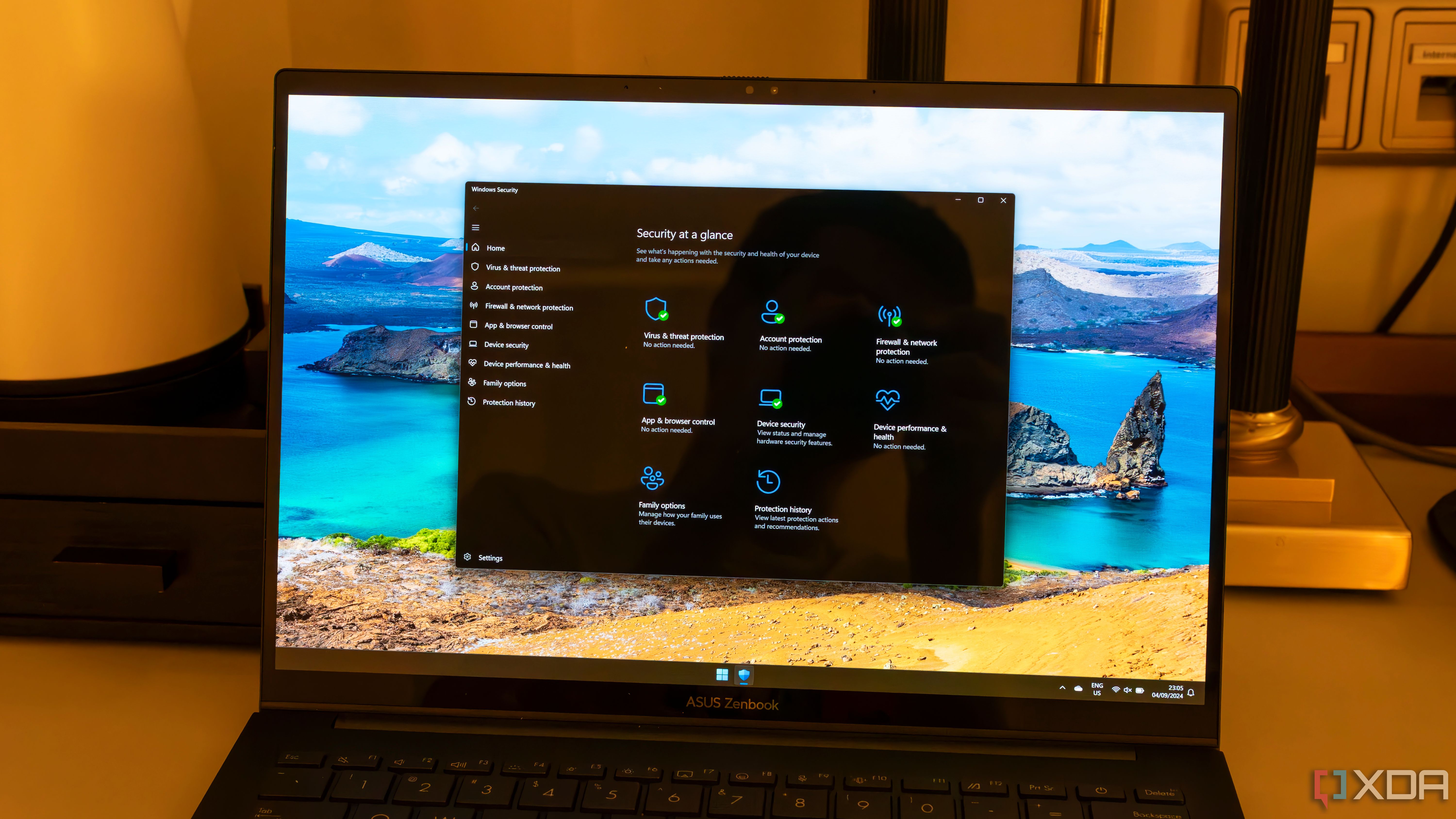7 ways your Windows PC can get hacked (And what you can do about it)
We tend to think of our personal computers as safe zones, especially when we have installed robust security solutions like antivirus and firewalls. But the truth is, hackers aren't always kicking down the digital door with brute force. More often, they're slipping in quietly through overlooked weaknesses, software loopholes, or social engineering tricks that feel totally normal until it's too late. The popularity and wide usage of Windows OS, along with its backward compatibility and broader attack surface, make it a common target for attackers.
Over the years, I've seen many cases of online security breaches affecting both personal and organizational Windows devices, and in almost every case, the breach could have been avoided with just a bit more awareness and better user habits (using the same passwords everywhere, are you?). Let me walk you through the most common ways Windows PCs get compromised and, more importantly, what you can do right now to avoid becoming the next victim. This isn't just about installing antivirus software and hoping for the best; it's about understanding how attackers operate and staying one step ahead.
1. Outdated Software and Windows Versions
Old software is full of holes that hackers already know about. Running outdated versions of Windows or skipping updates for your software leaves you exposed to known vulnerabilities. There's a reason Windows updates too much – it's because Microsoft releases important security patches through updates to secure your OS. Similarly, popular apps like Chrome also release security updates from time to time to resolve vulnerabilities. Cybercriminals often target systems that haven't patched recent exploits.
2. BadUSB Payloads
Not all flash drives are friendly. Plugging in an unknown USB device is risky, especially ones you find lying around or receive unexpectedly. Hackers can preload USB sticks with malware, use them to steal files, or even execute pre-programmed scripts automatically using USB emulation. Some attacks go even deeper, using what's known as BadUSB payloads. BadUSB attacks involve reprogrammed USB devices that act like keyboards or network adapters. Upon being plugged in, these devices execute malicious commands, such as installing malware or changing security settings without user interaction.
3. Rogue Browser Extensions
Your handy extension might be selling your data or worse – it's a common threat. Some browser extensions start out useful but get sold to shady companies who turn them into adware or spyware. Others may request unnecessary permissions to track browsing habits, inject ads, or steal login info. The fake software update alerts we previously discussed can also appear due to a browser extension going rogue.
4. Outdated Passwords and Security Habits
Outdated passwords are an easy target for hackers. Because of such an easily avoidable mistake, you can practically lose all or most of your online accounts. Staying secure is not just about installing antivirus software and relying entirely on it. It's about creating smart digital habits, knowing the common threats, and keeping up with the ever-changing tactics used by cybercriminals.
5. Social Engineering and Phishing Attacks
Most hacks don't happen because people are careless; they actually happen because people don't realize they're walking into a trap until it's too late. Remember, being cautious about your PC's privacy and security isn't paranoia; it's common sense.
A 26-course bundle to help you master cybersecurity
This 26-course bundle will help you learn the ins and outs of cybersecurity for just $70, a 90% savings. With this course, you'll be better equipped to protect your Windows PC from the most common threats and stay one step ahead of hackers.
